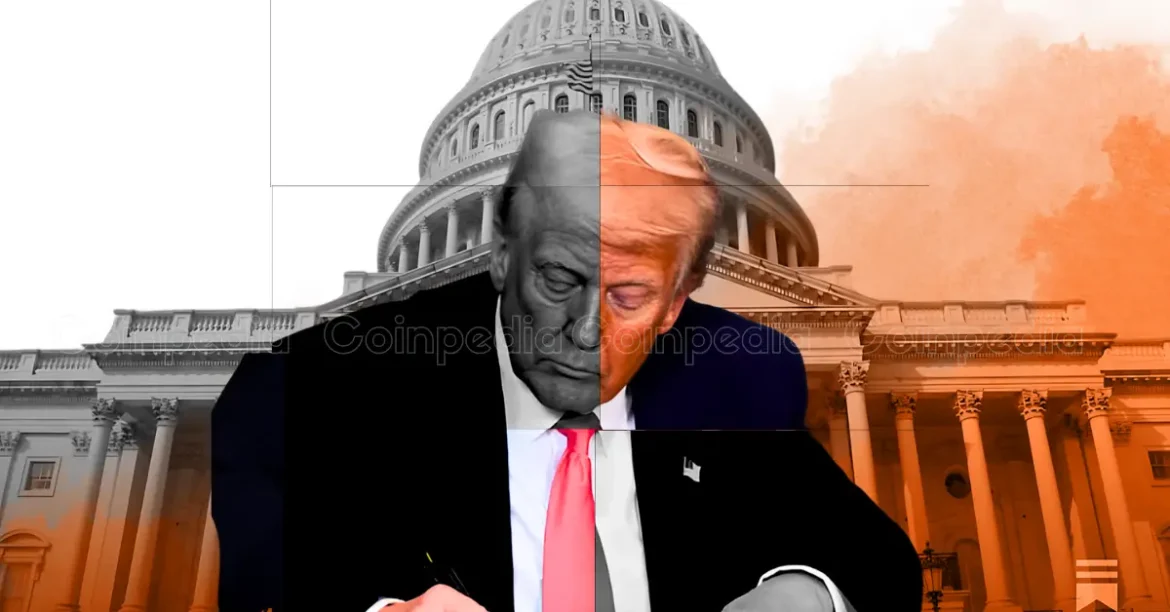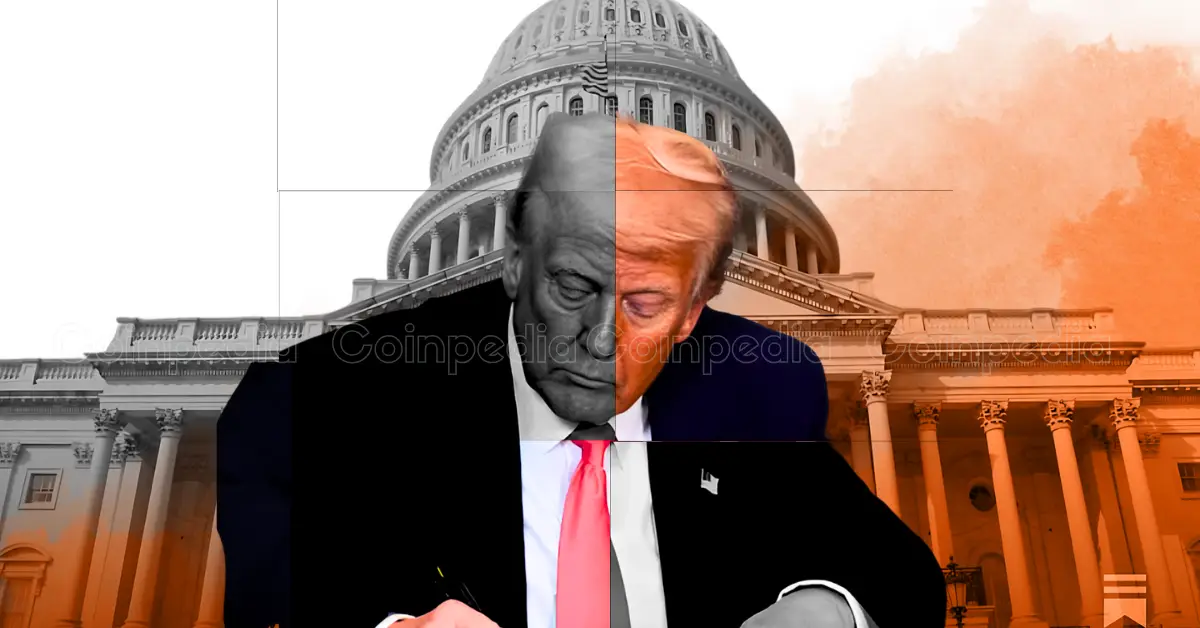The U.S. Debt Crisis: Analyzing the Looming Economic Threat and Market Reactions
—
Emerging Warnings from Influential Billionaires
In recent weeks, prominent investors such as Chamath Palihapitiya, Ray Dalio, and Bill Ackman have been vocal about a mounting U.S. debt crisis exacerbated by fiscal policy decisions and trade tensions under the Trump administration. Palihapitiya explicitly warns of a looming debt crisis, highlighting rising Treasury yields and the risk of a U.S. credit downgrade following a new economic bill’s passage. Similarly, Ray Dalio, founder of Bridgewater Associates and a leading hedge fund billionaire, has repeatedly expressed concern that the consequences of Trump’s tariffs and fiscal strategies could precipitate an economic downturn “worse than a recession.”
Ackman echoes these sentiments, cautioning against prolonged tariff implementations, which he warns could catalyze an “economic nuclear winter” by eroding investor confidence. Collectively, these warnings underscore a shared anxiety about the trajectory of U.S. economic policy and its effects on both domestic and global financial stability.
—
The Impact of Trump’s Fiscal Policies on U.S. Debt
President Trump’s tax cuts and spending bills, often branded as the “big, beautiful bill,” have significantly contributed to mounting federal debt. Reports indicate that the United States is on pace to set record-high debt levels, potentially exceeding 113% of GDP—numbers not seen in modern history and dating back to the early years of the republic. Investors and economists have reacted with concern; Treasury bond yields have surged to nearly two-decade highs, signaling skepticism about the government’s ability to manage its growing liabilities.
This fiscal expansion without commensurate revenue increases has rekindled debates over America’s long-term financial health. While Republicans and Democrats trade blame over the debt ceiling and budget decisions, the tangible market response reflects deeper unease about sustainable fiscal governance.
—
Bond Market Volatility and the Risk of a Financial Crisis
The bond market has become an arena of tension, grappling with fluctuating interest rates and skepticism toward U.S. debt instruments. The rise in Treasury yields threatens to reduce profit margins for hedge funds that engage in leveraged trades involving government debt. This dynamic can trigger margin calls and forced liquidations, potentially sparking a liquidity crunch. One economist flagged a “serious risk” of a bond market crisis precipitated by the recent legislative and tariff-related developments, which could cascade into a broader financial upheaval.
Market insiders note the unpredictable nature of U.S. trade policy further disturbs investor confidence. The “minute to minute” shifts in policy stymie bond market stability, undermining the traditionally reliable status of U.S. Treasury securities as a safe asset.
—
Comparisons to Historical Economic Turmoil
Ray Dalio’s analogy of the current trade war to the conflicts of 1930s Germany adds a stark historical dimension to the discussion. The confluence of rising protectionism, fiscal deficits, and debt accumulation recalls conditions that preceded previous global economic crises. While the context differs, the warning suggests that unchecked fiscal and trade policies could amplify supply-demand imbalances in debt markets and strain the financial system’s resilience.
—
Political Dynamics and Internal Division
The partisan standoff over growing debt and spending priorities further complicates policy responses. The recent loss of the United States’ perfect credit rating drew accusations from both parties, but failed to foster a cohesive strategy to address structural fiscal challenges. Even among Republicans, dissent has surfaced regarding the passage of massive spending bills, with some members publicly decrying the increased deficits.
This political fracturing reduces the likelihood of timely and effective measures to stabilize the debt trajectory, thereby heightening financial market uncertainty.
—
Potential Consequences for the Broader Economy
If these trends persist, the implications could extend far beyond public finance metrics, impacting everyday Americans and global economic health. Rising interest payments on debt could crowd out essential government services or investments. Elevated borrowing costs might constrict credit availability in the economy, while tariff-driven trade disruptions threaten supply chains and consumer prices.
In the worst-case scenario warned by Dalio and others, these factors could collectively tip the U.S. and possibly global economy into a sustained downturn exceeding a typical recession in severity and duration.
—
Conclusion: Navigating a Precarious Economic Crossroads
The convergence of expanding fiscal deficits, escalating tariffs, market volatility, and political gridlock places the United States at a critical economic juncture. The cautious yet urgent warnings from billionaire investors and market commentators signal that ignoring these red flags could invite serious consequences, including a bond market crisis and deeper financial instability.
Moving forward, balancing fiscal responsibility with strategic economic policies, restoring market confidence through predictable trade stances, and fostering bipartisan cooperation will be vital to steering the U.S. economy away from a potential crisis. Without such recalibrations, the warnings from today’s leading financial voices may well foreshadow the harsh realities of tomorrow’s economic landscape.





